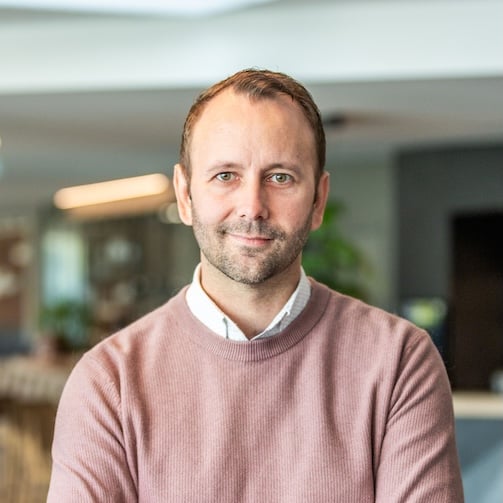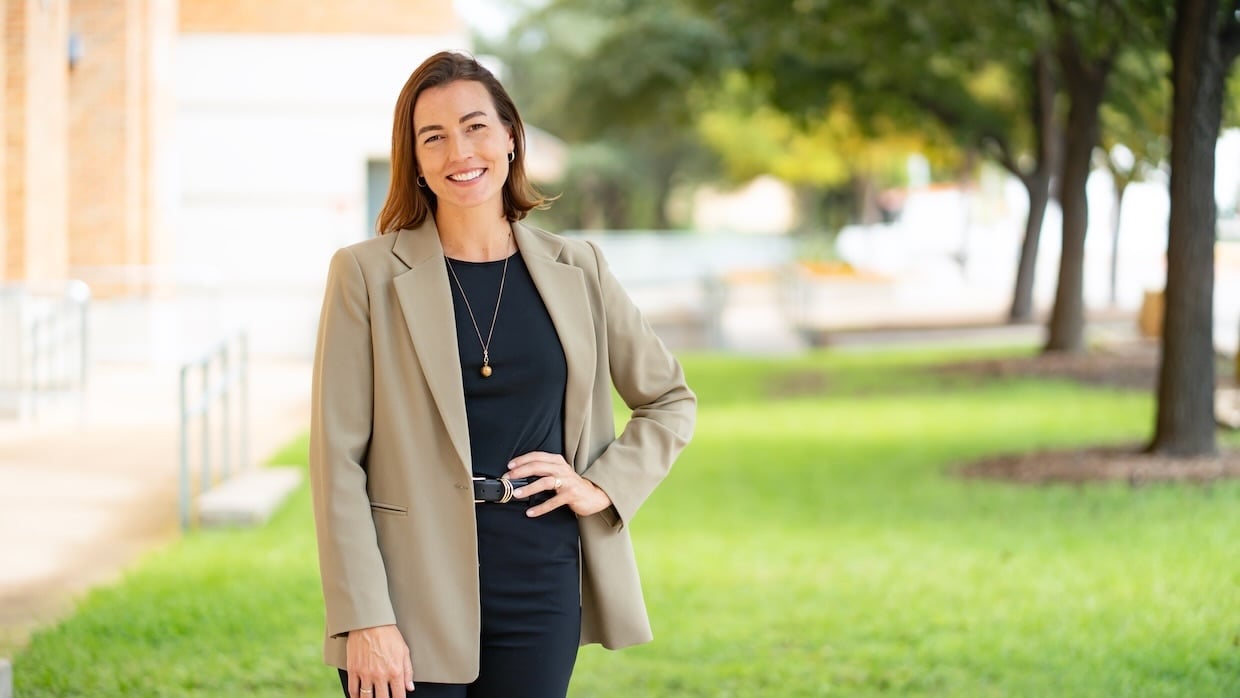Mickaël’s story: bringing entrepreneurial spirit to a thriving Sodexo career

 While I was in college, I interned at a hospital. I was excited by the buzz and controlled chaos, and by the problem-solving, resilience and grit of the healthcare professionals who worked there. They were some of the smartest, most caring people, driven by the desire to help patients. I knew I wanted to be a part of it.
While I was in college, I interned at a hospital. I was excited by the buzz and controlled chaos, and by the problem-solving, resilience and grit of the healthcare professionals who worked there. They were some of the smartest, most caring people, driven by the desire to help patients. I knew I wanted to be a part of it.
That’s when I decided to take my interest in technology and apply it to the healthcare environment. I’ve always been a design thinker, so it’s fun for me to think about how technology can create meaningful human experiences. I received my master’s in Biomedical Engineering and became a Certified Clinical Engineer.
After working in the Department of Veterans Affairs and for Kaiser Permanente, I joined Sodexo, where I am Director of Cybersecurity, based in Oakland, Calif. Every day, I apply the design principles of people, process, and technology, working with about 50 hospitals across the United States.
Together with our on-site teams, we manage and maintain any hospital technology that monitors, diagnoses and treats patients, so that the medical team is confident that the right equipment is available and operating properly and safely.
This includes imaging machines, bedside patient monitoring and lab equipment, among other technologies.
Our goal is no failure and maximum up time, but it’s so much more than that. We research the technologies on the market today, making sure we have the right equipment for that hospital and the patients it serves. We look at the design and space constraints, and of course, the budget.
My specific role is to think about the cybersecurity of the equipment. Just like any industry, healthcare has equipment that can become vulnerable. We make sure that our equipment meets all quality and risk management standards so that hospitals can maintain their accreditation, and ultimately keep their data and their patients safe.
Cybersecurity doesn’t always mean expensive technologies and add-ons. While those are sometimes warranted, especially for equipment that gathers personal information, we can practice basic “cyber hygiene” -- everyday things you can do that cost little or nothing.
Just like we frequently wash our hands to prevent infection, we can perform good “cyber hygiene” to protect medical equipment.
For instance, is this device supposed to be locked or attached to something? Are the USBs detached? Our team of 400 Sodexo healthcare technology employees have gone through intensive training to look for these vulnerabilities.
My main point of contact at the hospitals are the Chief Information Officers and Chief Security Officers. I enjoy bringing them answers and best practices and figuring out how Sodexo can add value. We have a playbook for cybersecurity, and we can implement it safely, effectively, and quickly.
I visit our clients, and our teams at the hospitals, as often as I can. I love to be on site and feel that buzz, which always reminds me of why I got into this profession in the first place – to improve patient wellbeing through the convergence of healthcare and technology.
Find out more about a career with Sodexo!
This article was created by Chris Falkner, Director of Cybersecurity for Sodexo Healthcare in Oakland, California, US


